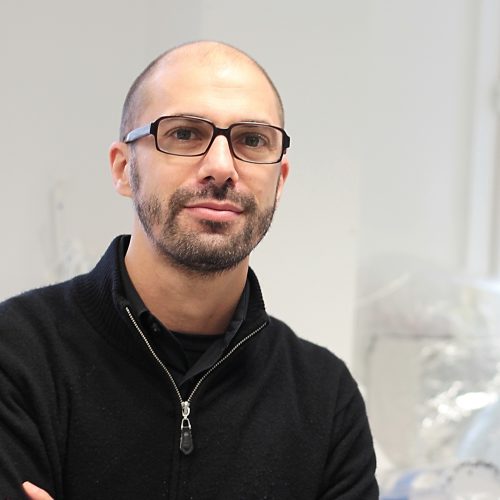ESR2
The role of autophagy in ciliopathies
The goal of this project is to develop new therapeutic strategies to cure ciliopathies. The primary cilium can be described as a coordinator of different signaling pathways (such as the Hedgehog pathway) during development and tissue homeostasis. Cilia defects are associated with a wide range of pathologies called ciliopathies and can affect many organs including kidney and retina. We propose to study in detail two different ciliopathies: (i) the polycystic kidney disease (PKD), which requires dialysis or kidney transplantation for over half of the patients, and (ii) the retinal dystrophies (RD), which lead to a gradual progressive loss of vision. This project is directly based on our recent finding in collaboration with Ana Maria Cuervo (Albert Einstein College of Medicine) where we identified the functional interaction between autophagy and ciliogenesis.
The ESR will investigate the regulation and mechanism of the interplay between primary cilia and autophagy in kidney epithelial cells. The PhD student will focus our attention on the consequences of mechanical stress (shear stress) integration by studying the autophagy pathway induction by primary cilia under urine fluid flow. For these analyses, the PhD student will adapt the use of autophagy markers in kidney epithelial cells and in kidney biopsies. In the context of PKD, the PhD student will test the physiological relevance of this mechanical stress by using two mouse models for this disease: (i) the uninephrectomy and (ii) the unilateral kidney obstruction that will allow us to induce or inhibit the urine flow in kidneys. Finally, the PhD student will investigate the regulation and mechanism of the relationship between primary cilia and autophagy in retina cells such as photoreceptor cells.



Leave a Comments